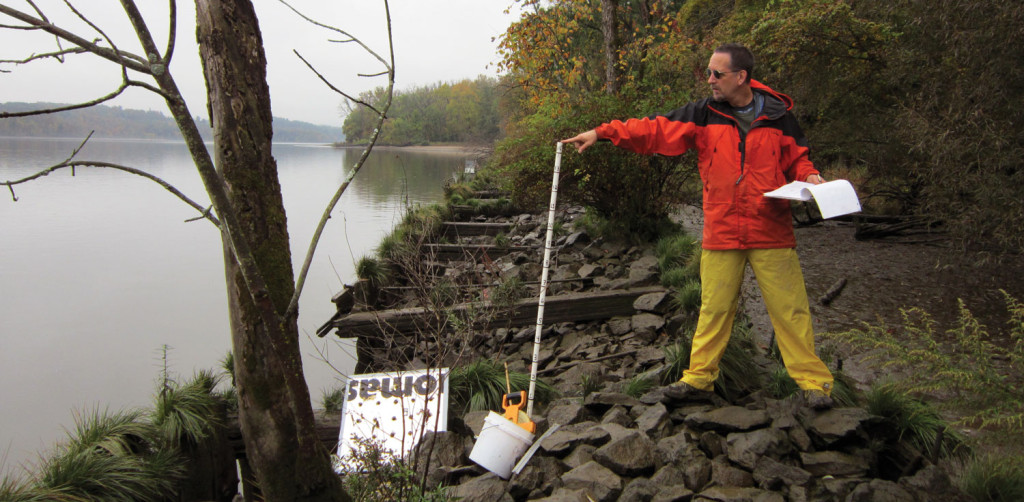
Despite recent improvements to the Hudson River water quality, cumulative effects of expanding populations, industry and transportation projects have taken their toll on the estuary’s habitats and ecological processes, and reduce the river’s potential to support life.
Habitats have been altered or destroyed by dredging, filling and sediment contamination. Shorelines and wetlands have been altered, relocated and eliminated completely. River flow has been directed to a single channel between Catskill and Troy, and over a third of the surface area of the river in this same reach was filled with sediments dredged from the federal navigation channel. Invasive and exotic species have been introduced, and water quality has been degraded.
As a result populations of numerous native fish, wildlife and plant species have declined, and several have been listed as threatened or endangered. Hundreds of dams have been built in tributaries leading to the Hudson, preventing migratory fish movement and degrading water quality. Water and sediments have been contaminated with toxins, and invasive plant and animal species have taken up residence in the estuary.
Hundreds of dams have been built in tributaries leading to the Hudson, preventing migratory fish movement and degrading water quality. Water and sediments have been contaminated with toxins, and invasive plant and animal species have taken up residence in the estuary.
While we cannot restore the river to its original condition, we can take action to improve and restore remaining habitats, while also continuing the Hudson’s current function as a navigable river and a transportation corridor.
Habitat restoration and protection will preserve the many critical functions that habitats in the estuary provide including fish spawning, nursery and foraging habitat, and improved water quality. Furthermore, restoration will improve the resiliency of the Hudson’s shoreline communities, and help them adapt to future extreme weather events and sea-level rise.

